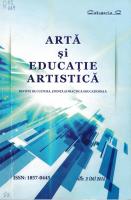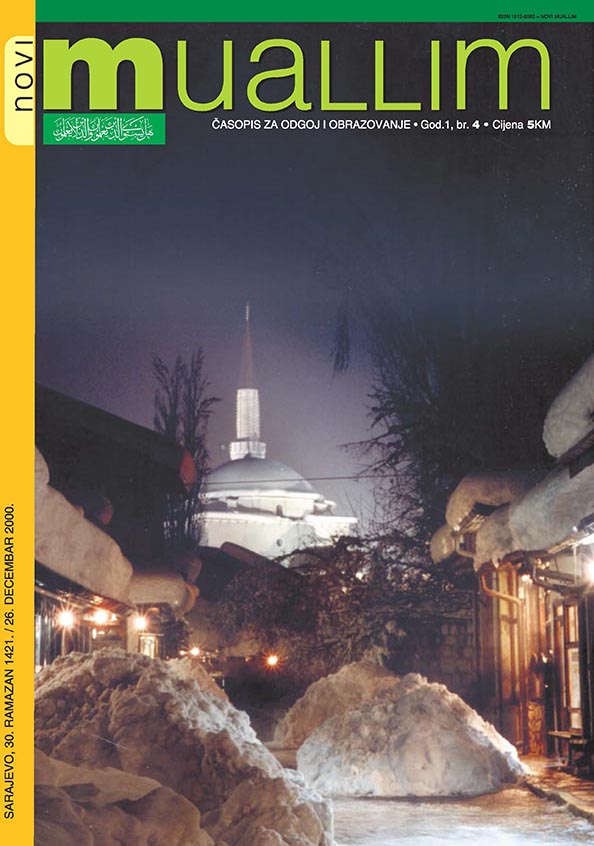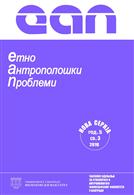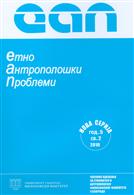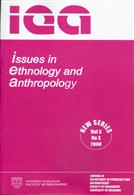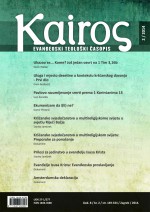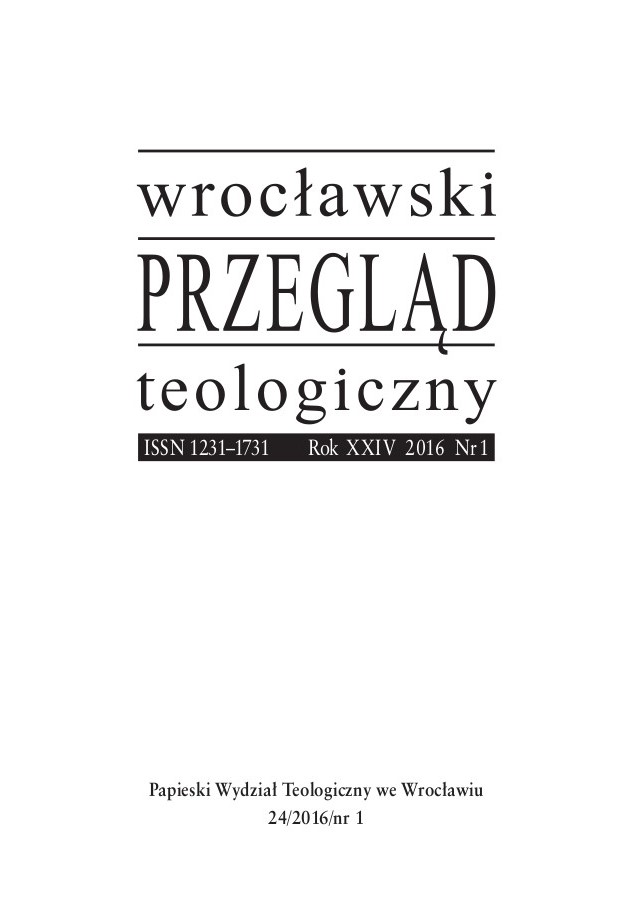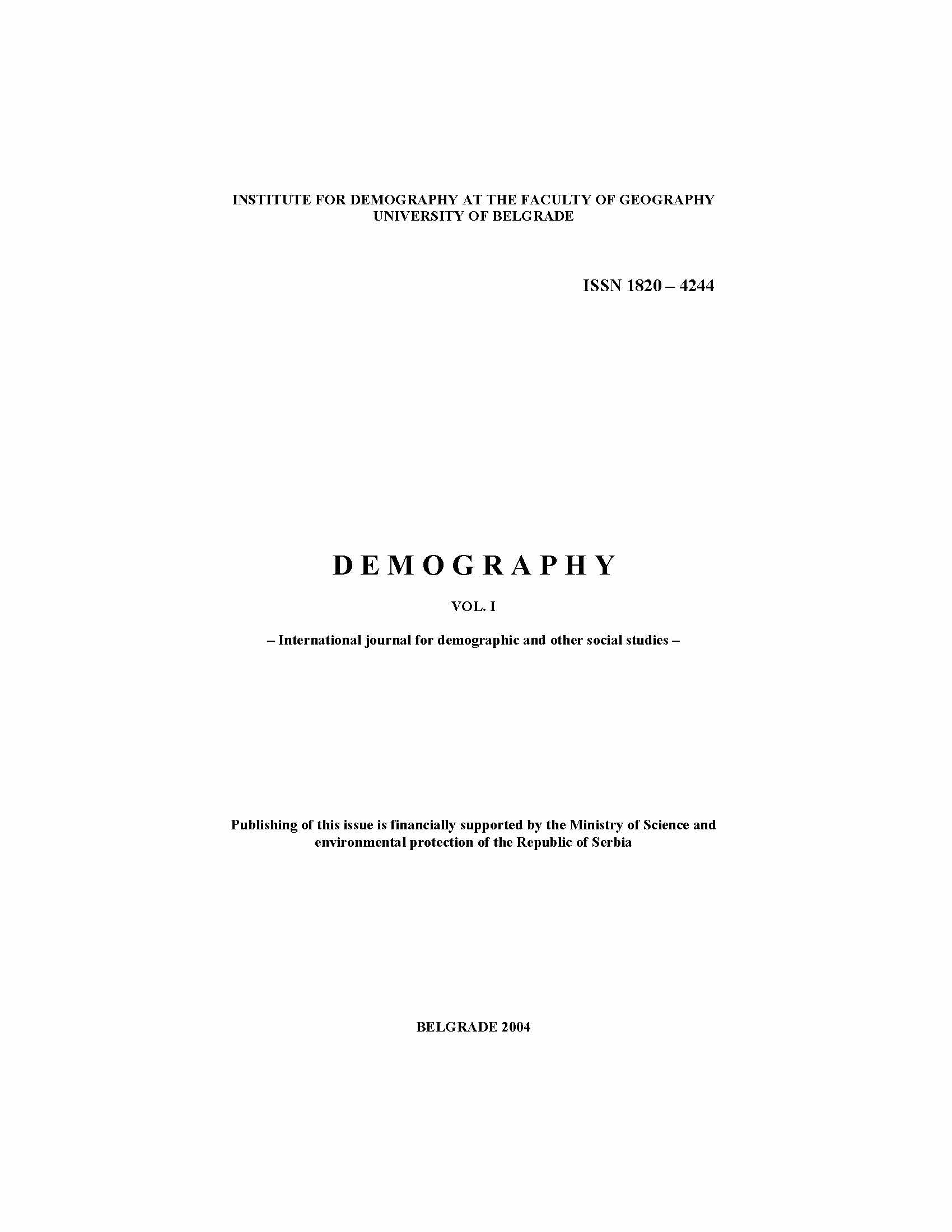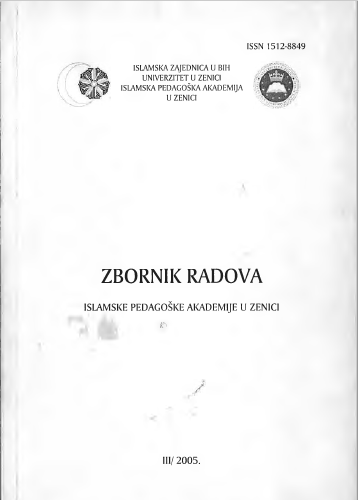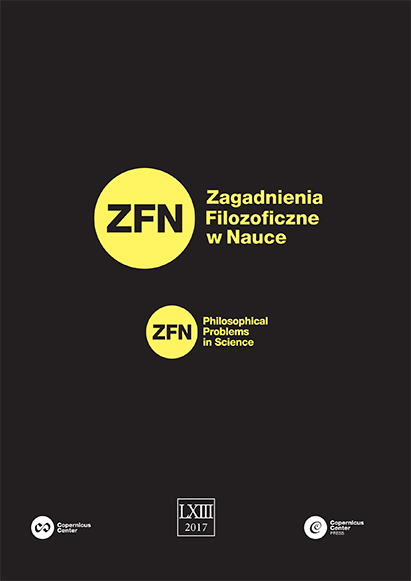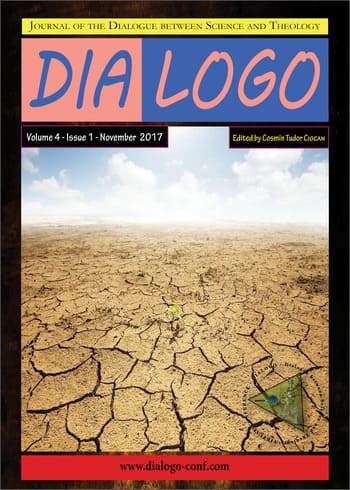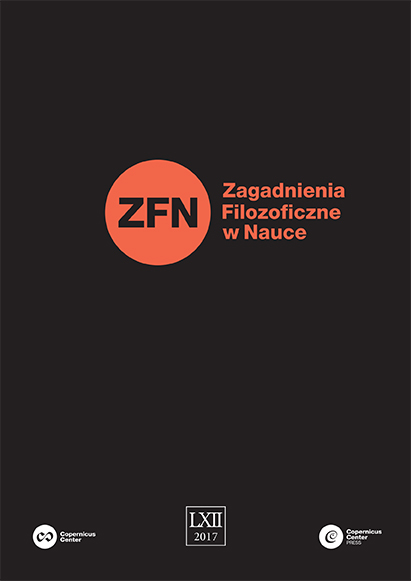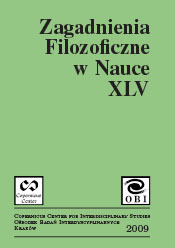Author(s): Olga Olegivna Smolina / Language(s): Ukrainian
Issue: 2/2014
The scientific relevance of researching of the culture of Orthodox monasticism is connected with the influence of religion (both modernistic and traditional forms of it) on the formation of a new picture of the world. It is known that the basic settings of the culture of Orthodox monasticism are not identical to the installation of modern secular culture. However, the Institute of Orthodox monastery does not disappear, but is gaining an impulse to revive. In this regard, there is a need to investigate the ways of integrating of modern social and cultural realities in the context of the culture of Orthodox monasticism (particularly, the example of the phenomenon of the Internet and virtual reality), that is the purpose of this article. Such an approach has not yet found the consideration of modern cultural studies. The relations of the culture of Orthodox monasticism with the different types of innovations are complex and dialectical. On the one hand, the very emergence of Christianity gave rise to a number of fundamentally new phenomena in the sphere of culture. On the other hand, the concept of a "culture of monasticism" much more familiar combined with the words "tradition", "conservative" than the concept of "innovation". This complexity is solved by the introduction of concepts "monastic culture" and "monastery culture". Since its inception, the culture of Orthodox monasticism is represented in its two "faces", traditionally denoted as an eremite life and a cenobitic one. At the same time, the differences between these types are not only different forms of monastic life, but penetrate into the deeper layers of attitude. This allows us to substantiate the existence in the culture of Orthodox monasticism its two types – "monastery culture" (socially-oriented, active monasticism) and "monastic culture" (a contemplative monastic direction). The monastic culture acts as a type of culture, highly closed from innovation. The practice of prayer passed the test of time and is related to the deep structure of the human person. However, there is a place for individual specifics passing prayer feat, so and for a certain degree of innovation. In the area of monastery culture innovations have the nature of the searching for the new ways of service to others, for interacting with the world. Among the innovations there is the presence of the monasteries in the Internet space. This presence is quite diverse. However, the attitude to the Internet and the phenomenon of virtual reality in the church community and among a number of scientists is ambiguous. Here you can trace the presence of three points of view. S.S. Horuzhy, for example, believes that virtual reality does not appear as a stand-alone kind of being, but as flickering existence. Some church leaders do not accept the expression "virtual reality", considering that the task of the Church is to testify the world about the only and the most real reality which is the existence of God, any removal of which is fatal to humans. The frequent finding in social network does not allow at the same time to be true to practice of the ancient ascetics, bequeath to be terse collected, remain in his cell and leave the monastery only when it is absolutely necessary. From the point of view of the Orthodox monasticism, it is unacceptable committing online-confessions and other religious rites on the web. Patriarch Kirill also considers the Internet as a great temptation. An interesting fact today is the emergence of a number of terms that emerged from the "intersection" of monastic practices and realities of the information society. Such, for example, are "mediaasceticism", "informational abstinence", "theology of communication" and others. They reflect the desire of the people to control their presence in the Internet space. The "Centrist" position on the compatibility of the virtual and religious factor of modern life takes A. N. Krylov, assuming that the virtual identity is able to some extent to replace and displace religious identity, but at the same time to maintain and strengthen it. There is a view (for example, of abbot Peter (Meshcherinov)) that the work on the Internet is quite consistent with the monastic vocation. Thus, in the context of detecting the presence in the culture of monasticism its two types – "monastic" and "monastery" cultures, it seems justified that for the monastic culture the Internet, of course, acts as a corrupting and dangerous factor. For the monastic culture, by contrast, it is an organic using for the Christian mission this resource, which is giving a wider audience and new opportunities. For the monastic culture innovation, first of all, is the process of creation of a new identity, its "birth". For the monastic culture innovation is a new approach in the field of social service, new channels of the rescue mission. In the culture of Orthodox monasticism in the recognition of the Christian dogma is observed the unity, and in their implementation, living in harmony with the tenets is freedom of search.
More...
